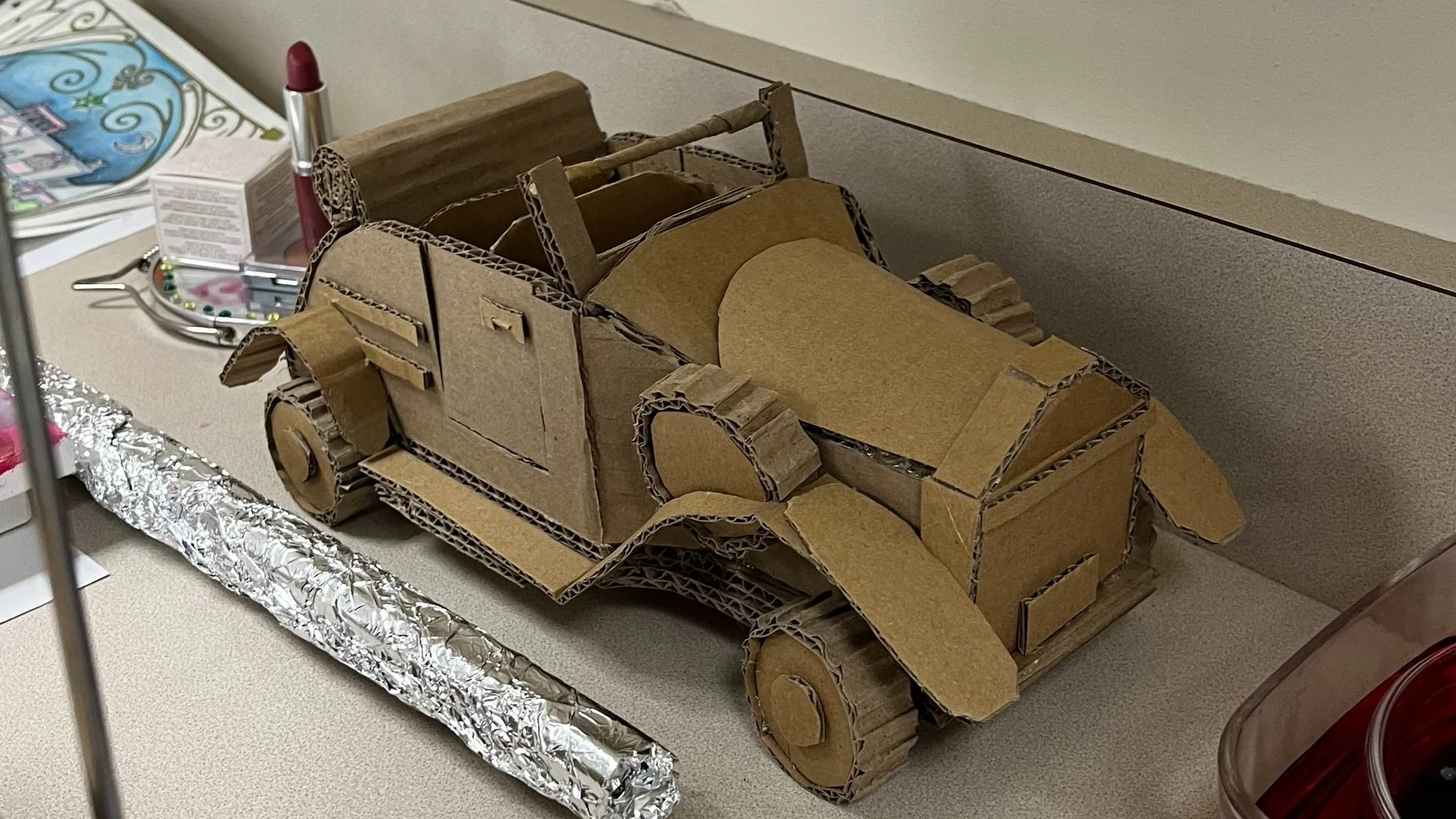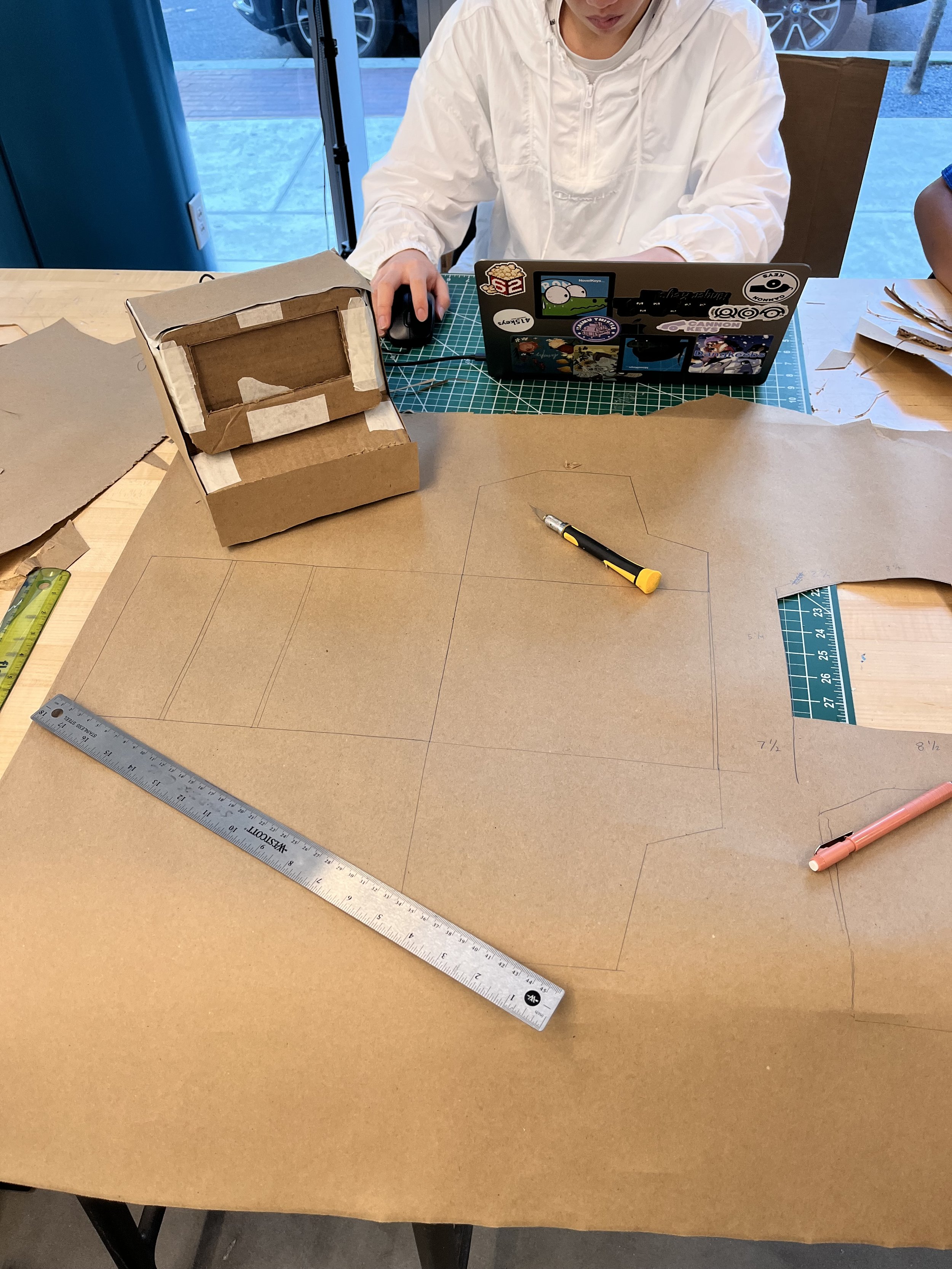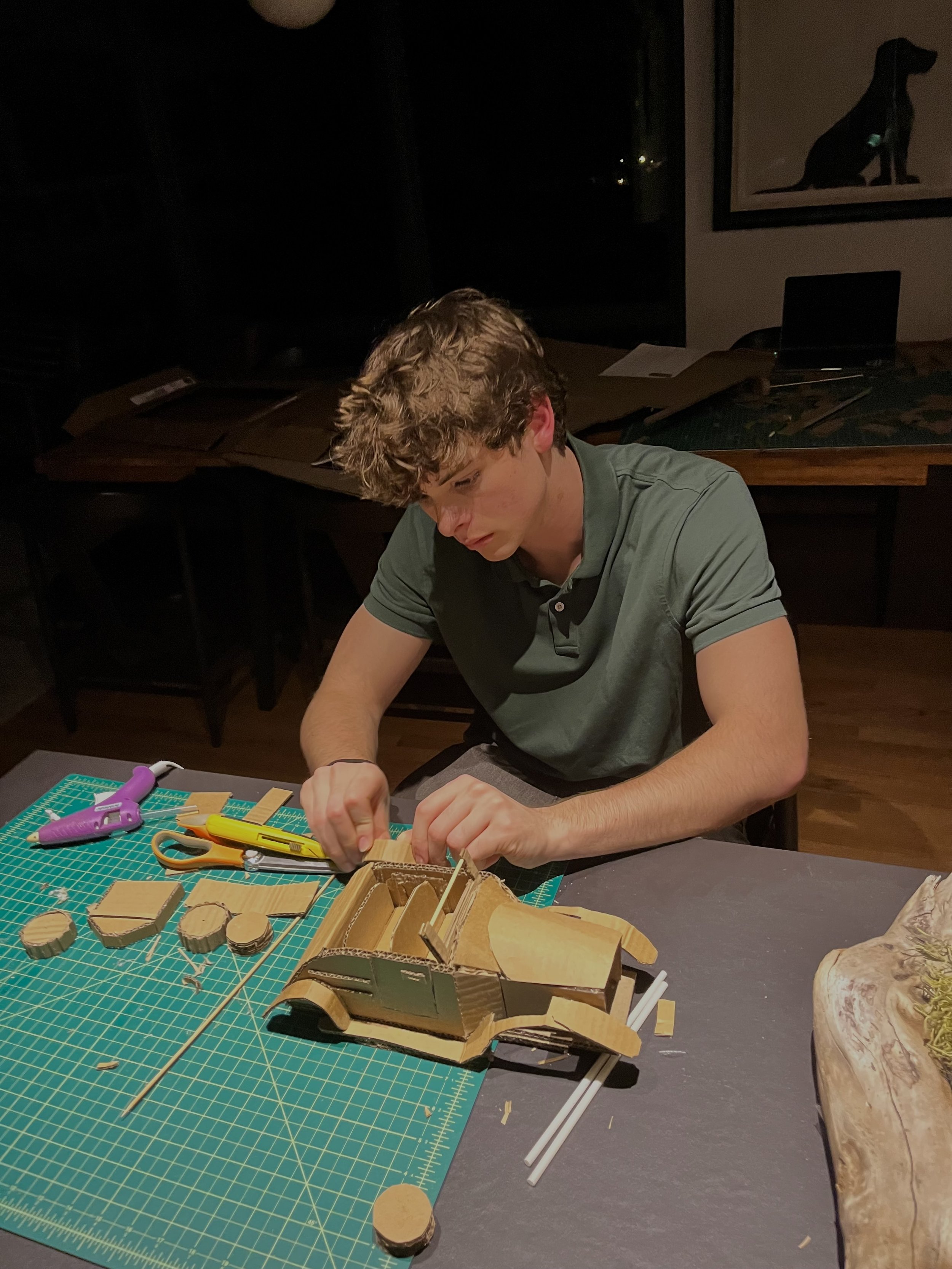
Prototyping
What I have learned about making idea’s come to life
Prototyping
Learning how to prototype has been a process of trial, error, and discovery. At first, I relied heavily on sketching to get my ideas out, but I quickly realized that seeing something in 3D was essential to understanding its form and functionality. I began experimenting with cardboard models, using simple materials to bring my concepts to life. At first, my prototypes were rough, often far from what I envisioned, but each one taught me something new about structure, scale, and how a design works in space. As I continued, I branched into CAD software, learning how to translate my sketches into digital models and then into 3D prints. The more I worked with these tools, the more I understood the importance of iteration—prototyping isn’t about getting it right the first time, but about refining ideas through each version.
I’ve learned to embrace different prototyping techniques, from paper modeling to experimenting with new materials, and each method offers something unique. CAD and 3D printing have opened up possibilities for more precise and detailed models, but I’ve also found value in the tactile experience of working with physical prototypes. Every material and process brings its own lessons—whether it’s the flexibility of cardboard or the precision of 3D-printed components. While I’m still learning and refining my skills, I’m seeing the importance of prototyping in helping me visualize ideas and address challenges early on. Prototyping has become a crucial part of my design process, and I’m excited to continue exploring new methods as I grow.
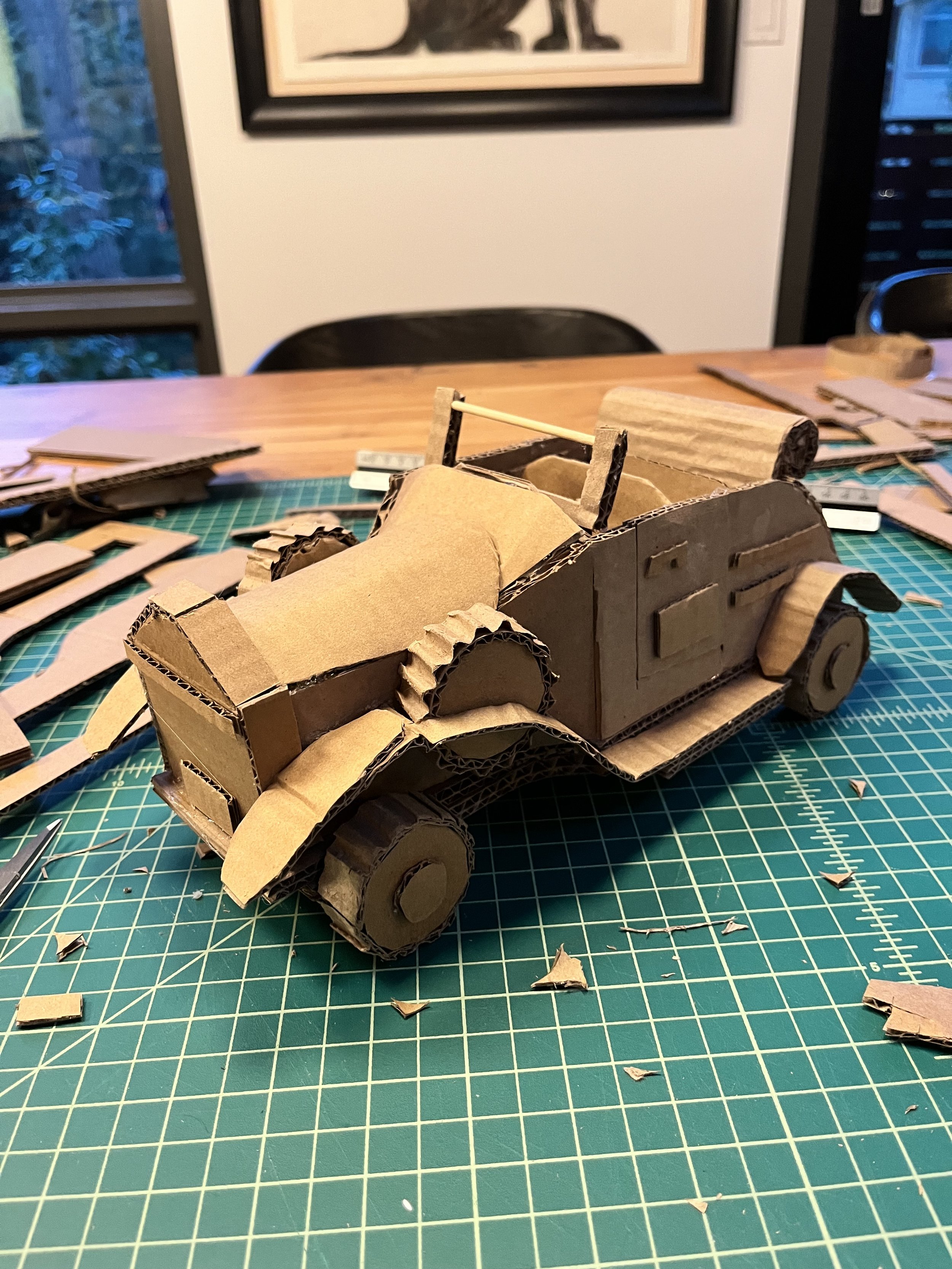


I recently got a 3D printer which has been incredible in adding strength and detail to my prototypes.

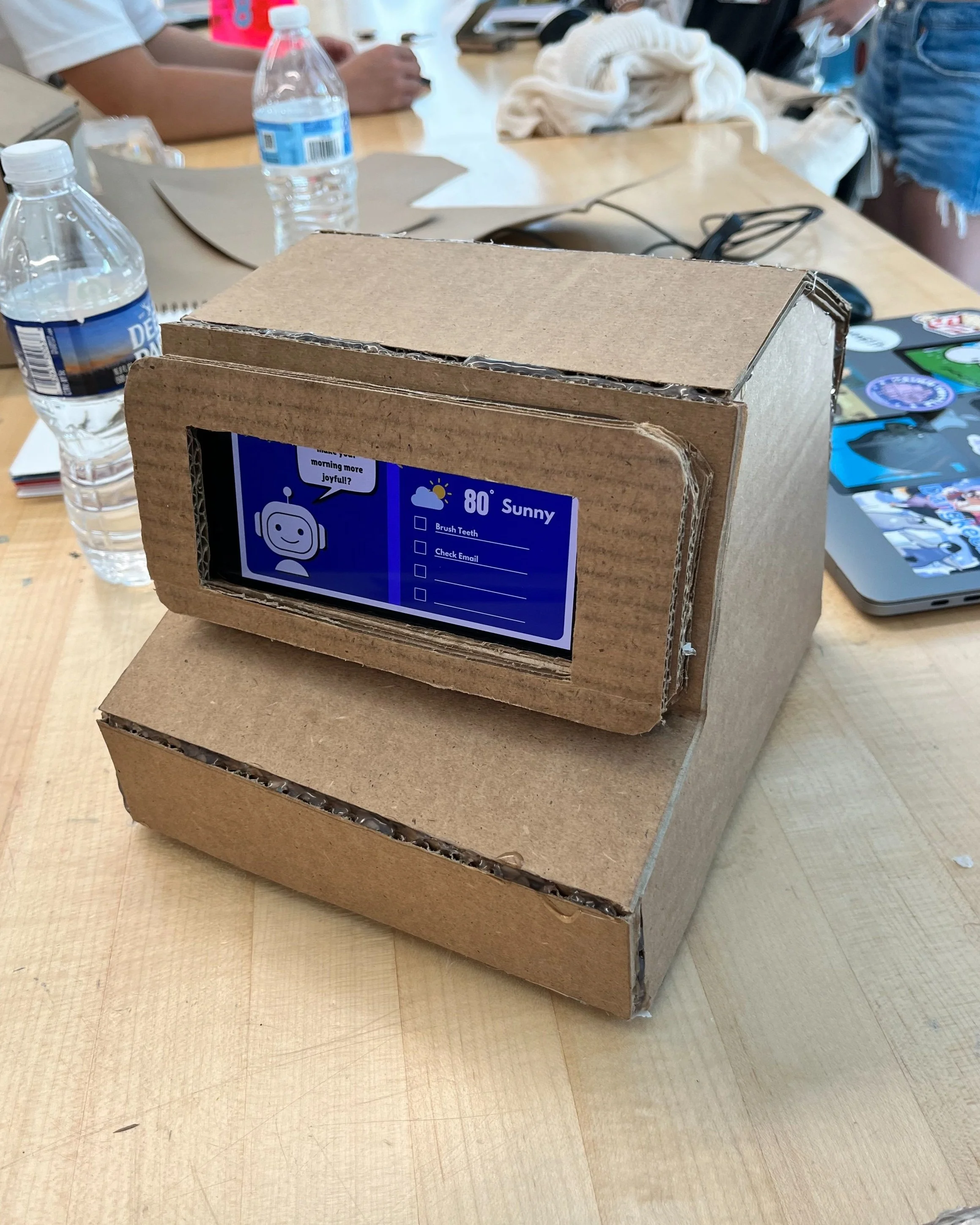
It is interesting to combine different elements to a prototype to increase its function and complexity.
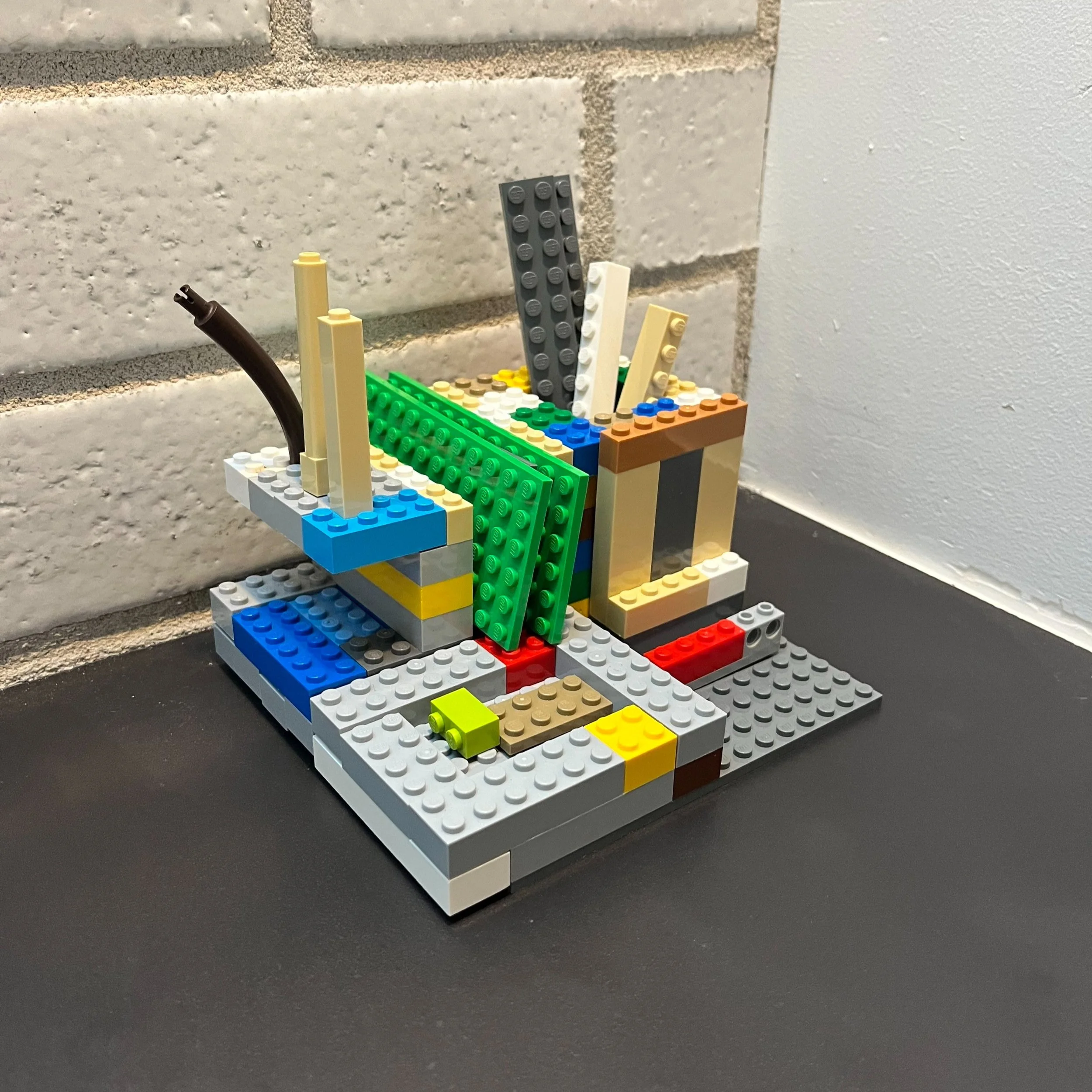
I love using lego to prototype because it modular and you can experiment with many different types of forms

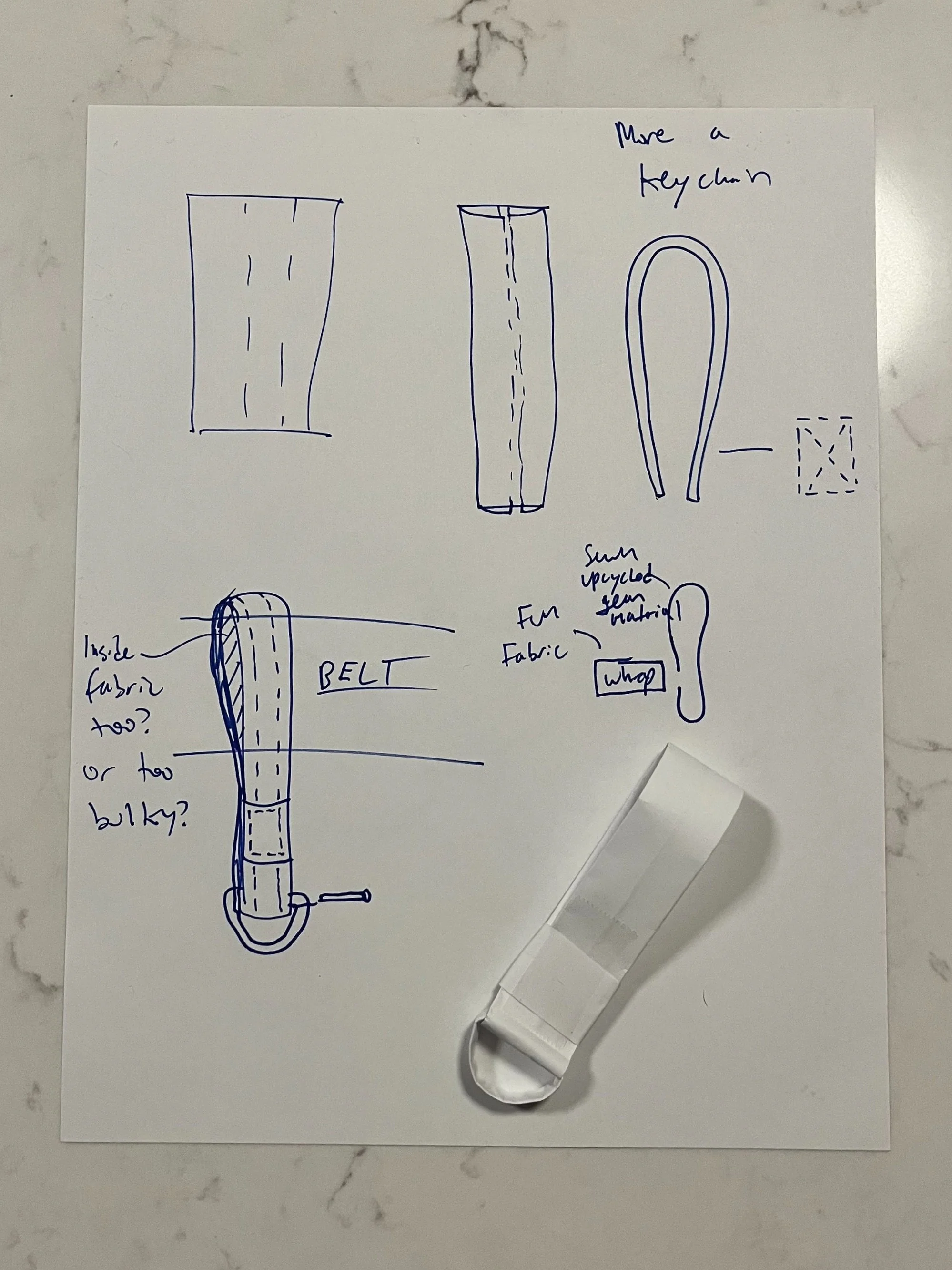


Cardboard prototyping is one of my favorite ways to ideate as it is an incredibly common material and is easy to work with.
